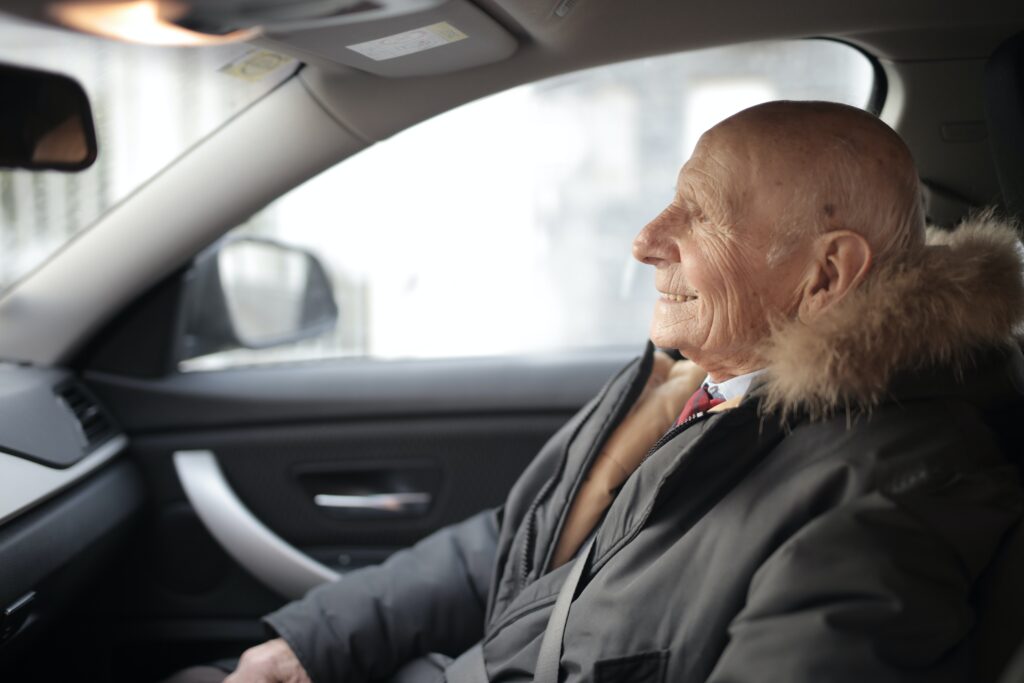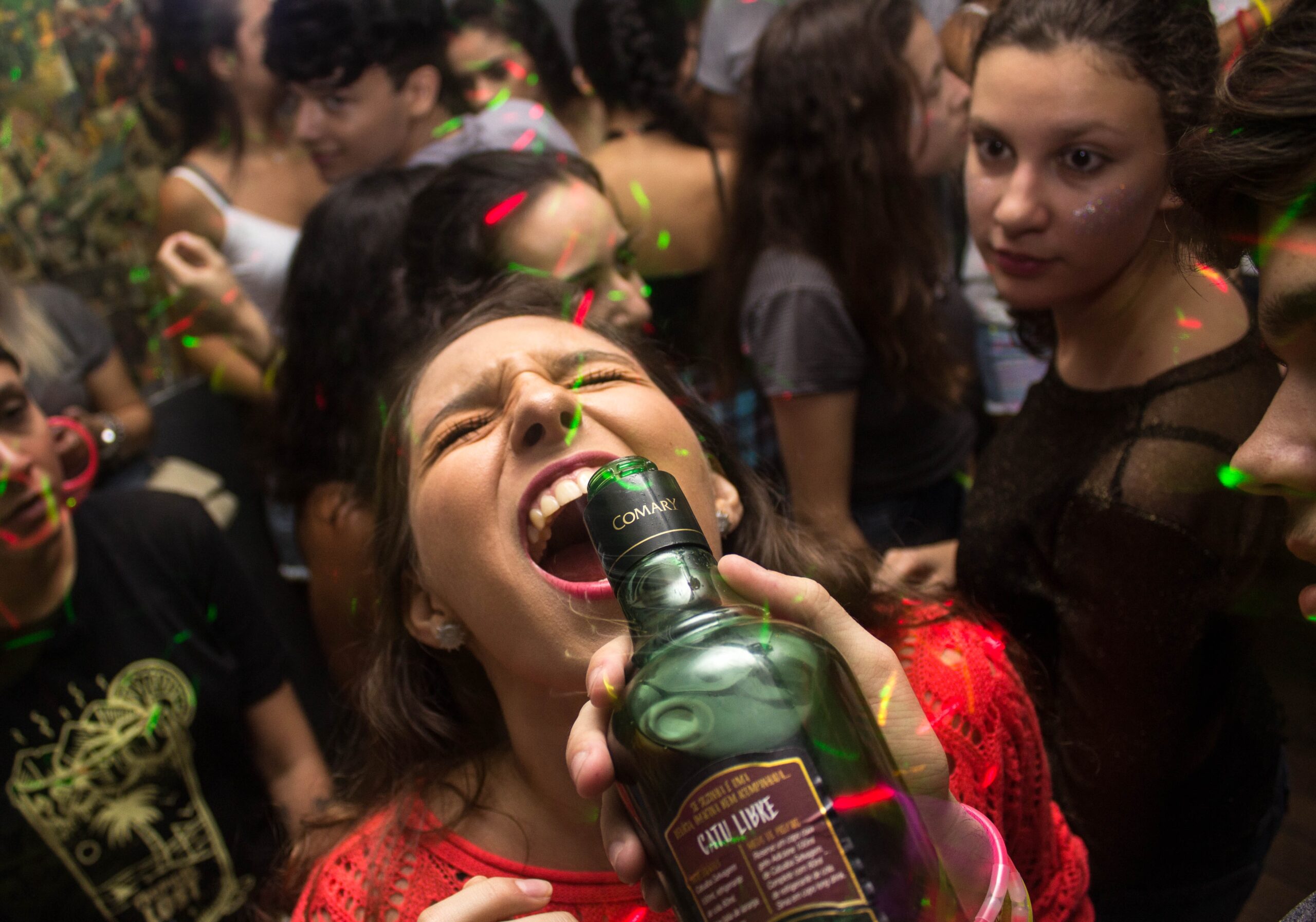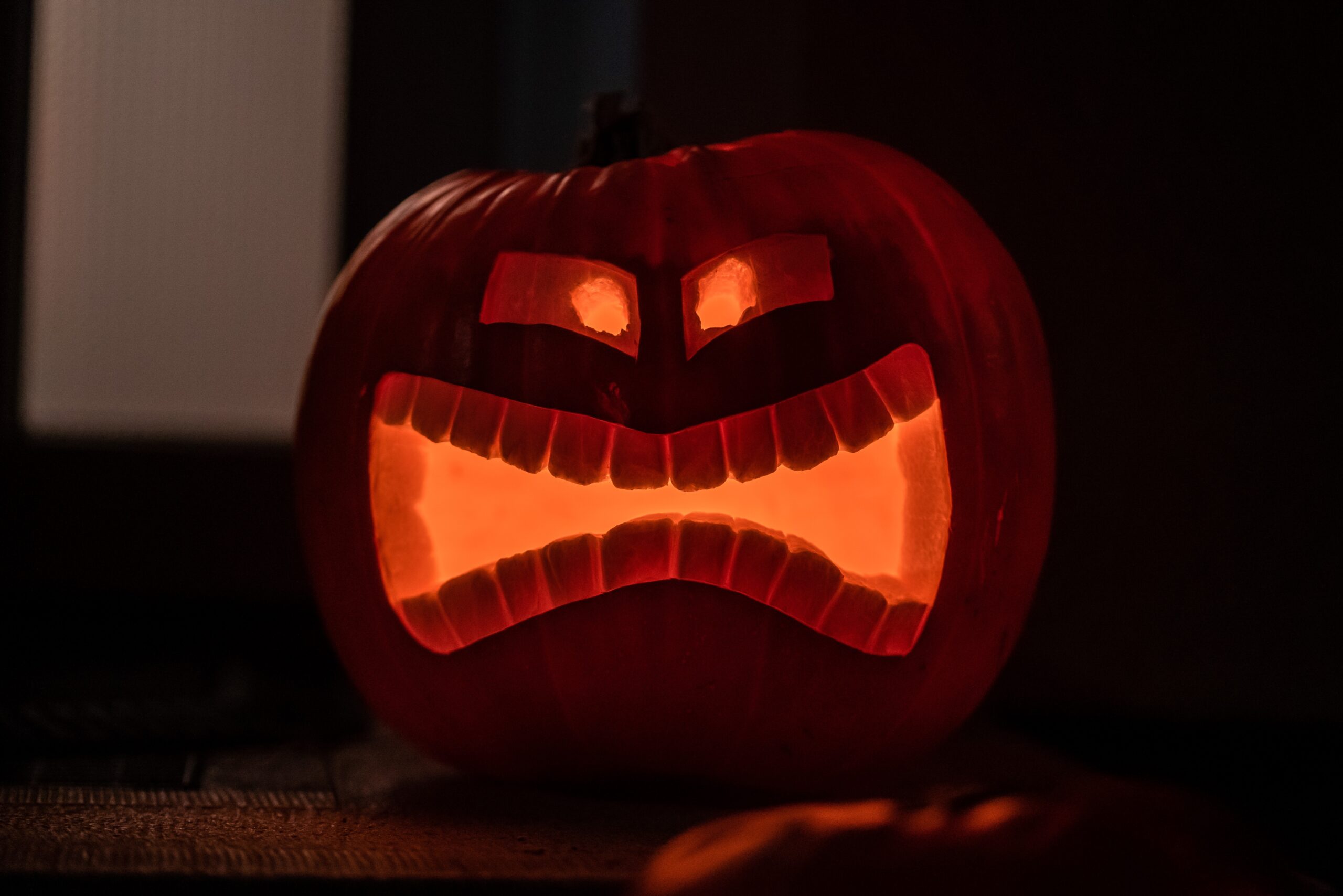In this article
- Holiday Drunk Driving Statistics
- The Impact of Drunk Drivers During Holidays
- Holidays with the Most Drunk Driving Incidents
- When influenced by alcohol and drugs, drivers might encounter
- When did holidays become associated with increased alcohol consumption? How long has that been a thing?
- FAQ: What Holiday Has the Most Drunk Drivers?
- Recap: What Holiday Has the Most Drunk Drivers?
No, I don’t assume every holiday drunk driver is the guy’s age in the featured image above. That photo was chosen because I want to believe he’s presumably made responsible decisions and has many good stories to tell. I don’t know about you, but I’d rather be him than someone that didn’t make it.
Next time you find yourself in a bad spot related to drinking, try to think beyond your current mindset. Imagine in the future that you have a life of sobriety or even a life with less alcohol in a more controlled manner of consumption, a balanced life where every event doesn’t revolve solely around alcohol. I get it; it can be hard to think ahead to a time that doesn’t exist yet, but give yourself a chance and try to look beyond your current situation.
When you think of drinking and the holidays, you don’t want to go home in the back of the wrong car. Arrange an Uber or Lyft if you’ve been drinking. Don’t end up in the back of a police car. There are better ways to remember the holidays.
Drunk driving is a consistent issue on our roads but becomes even more pronounced during the holiday season. This endangers lives and underscores a broader issue of substance misuse during festive times. This post seeks to shed light on which holiday sees the highest surge in drunk driving and to encourage informed decisions for safer celebrations.
Holiday Drunk Driving Statistics
- Alcohol-related crashes account for 58% of all collisions on New Year’s Day, making it the most dangerous day for such incidents1.
- Drunk drivers are involved in 28% of all fatal collisions in December2.
- On the Fourth of July, the likelihood of fatal DUI accidents increases by 57% compared to other summer days2.
- Between 2014 and 2018, the Fourth of July holiday period witnessed 812 fatalities in crashes involving drunk drivers2.
- In 2017, during the six primary holiday seasons, there were daily averages of 119 deaths, compared to 102 daily deaths in non-holiday times2.
- Between Thanksgiving and New Year’s, it’s estimated that alcohol-related crashes result in approximately 25,000 injuries2.
The Impact of Drunk Drivers During Holidays
Before diving into the specifics of what holiday has the most drunk drivers, it’s important to grasp the overall landscape of this pressing issue.
During the festive periods of New Year’s and Christmas in 2020, 209 fatalities resulted from holiday-related drunk driving incidents. Every single one of these deaths could have been avoided. In 2020, drunk-driving incidents led to 11,654 fatalities nationwide, constituting almost a third of the total crash-related deaths for the year. The sorrow of these losses resonates throughout the year, but for many, it’s particularly poignant during the holiday season.
Holidays with the Most Drunk Driving Incidents:
1. New Year’s Eve and Day:
Traditionally seen as a time of renewal, it’s unfortunately also associated with a spike in alcohol consumption. Many choose to toast the new year, but decisions to get behind the wheel afterward lead to increased road risk.
2. Christmas:
The festive spirit and gatherings can sometimes blur the lines of moderation, making the roads perilous during this season of joy. The holidays are times to celebrate with family and friends but are also often mired with stress. Try to take that into account when sipping some Santa’s switchel.
3. Memorial Day:
Marking the beginning of summer, many celebrations occur outdoors with barbecues and parties, often leading to excessive drinking and subsequent risky driving.
4. July 4th (Independence Day):
Firework displays and patriotic celebrations often accompany alcohol, and the return journey post-celebrations can be fraught with danger due to drunk drivers.
5. Labor Day:
As the symbolic end of summer, parties and barbecues are plentiful. Yet, it’s crucial to remember the importance of designating a sober driver.
6. Halloween:
While often seen as a children’s holiday, adult festivities are also typical. Parties often involve alcohol, leading to a rise in drunk driving incidents. Next time you’re contemplating a cup out of the cocktail cauldron, ensure you have a sober ride lined up before diving into the witch’s water.
7. Thanksgiving (Blackout Wednesday):
A day of gratitude and family gatherings for feasting, unfortunately, turn tragic with the overconsumption of alcohol and poor choices about driving. Next time, eat that extra turkey leg and call it a night on the couch instead of hitting the road and potentially hitting something or someone else! Blackout Wednesday refers to the Wednesday a day before Thanksgiving. This is often referred to the single day during the year when the most people drink. This has been attributed to having a buffer in vacation time with days to recover should things go awry.
8. St. Patrick’s Day:
This holiday, often associated with shamrocks, leprechauns, and pots of gold, is also synonymous with green beer and festive pub crawls. While it’s fun to join in the Irish revelry, it also makes many regrettably choose to drive after having too much to drink. When enjoying the luck of the Irish, make sure you’re not relying on luck to get you home safely. Plan for a designated driver or use a ride-sharing service.
9. Cinco de Mayo:
Celebrating Mexican heritage and pride, this day is marked with vibrant festivities, margaritas, and tequila shots. However, the celebrations can overshadow safety precautions regarding drinking and driving. As you raise your glass to toast Mexico’s rich history, ensure you have a plan for a sober journey home. Let the fiesta remain memorable for the right reasons and not for a DUI ticket.
When influenced by alcohol and drugs, drivers might encounter
- Delayed response times
- Reduced short-term memory capabilities
- Diminished hand-eye synchronization
- Impaired focus
- Challenges in gauging time and distance accurately
Driving after consuming drugs is akin to driving impaired. Numerous drugs can jeopardize one’s ability to drive securely. If on medication, always review the label for any driving advisories before getting behind the wheel.
Combining drugs with alcohol can exacerbate their combined effects. For instance, consuming alcohol while on cold or allergy medicines could intensify the alcohol’s impact, making one drink feel like multiple.
It’s against the law to drive while under the influence of drugs, and the penalties align with those for alcohol-impaired driving.
Legal Penalties For Drunk Driving:
- A DUI conviction will result in a minimum license revocation of 180 days
- Declining a mandatory roadside test during an arrest will lead to an automatic one-year license suspension
- DUI fines and obligatory DUI educational courses can vary between $500 and $5,000
- Other repercussions may include ignition lock devices, community service, probation, or jail time. A DUI conviction will be recorded and remain for 75 years
When did holidays become associated with increased alcohol consumption? How long has that been a thing?
The association of alcohol with celebrations, including holidays, has deep historical and cultural roots that span millennia and civilizations. Here’s a brief overview:
- Ancient Civilizations: In ancient times, fermented beverages like beer and wine were often linked with religious rites and celebrations. The Greeks had wine during their symposiums and Dionysian festivals. The Romans celebrated Saturnalia, where excessive drinking was common. In ancient China, alcohol was present at ancestral worship and festival events. Many of these festivities and rituals have evolved or morphed into modern-day holidays.
- Medieval and Renaissance Europe: Feasting days, which are precursors to many of our contemporary holidays, often included the consumption of alcohol. It was also practical: alcoholic beverages like beer and cider were often safer than potentially contaminated water sources in many areas.
- Religious Context: Many religious holidays have incorporated wine or other alcoholic beverages into the ritual or celebration. For instance, wine is central in the Christian Eucharist and the Jewish Kiddush during Shabbat and festivals.
- Modern Times: In the 20th and 21st centuries, especially with the rise of consumer culture, advertising and the media played significant roles in associating holidays with drinking. Promotions by alcohol brands often tie in with holidays to boost sales.
- Social Aspects: Drinking can be a social activity, and holidays often bring people together. The combination has solidified the connection between holidays and alcohol consumption. New Year’s Eve, for example, is celebrated globally with champagne or other alcoholic toasts.
- Commercial Influence: The modern alcohol industry, with its marketing might, has successfully linked certain drinks with specific holidays in the public’s mind, e.g., eggnog at Christmas, beer on St. Patrick’s Day, and tequila on Cinco de Mayo.
The association between holidays and drinking has been a “thing” for thousands of years, but the specific nature of this association has evolved based on cultural, religious, economic, and commercial influences. It didn’t sprout up overnight, and it isn’t disappearing any time soon. We support holiday celebrations as long as they are done responsibly. Call a rideshare and try to always keep a trustworthy, reliable friend by your side.
FAQ: What Holiday Has the Most Drunk Drivers?
Q: What is the legal alcohol limit?
A: In the United States, the legal Blood Alcohol Concentration (BAC) limit is set at .08%. If your BAC exceeds this threshold, all states consider you legally impaired. Nonetheless, several states have additional specific limits established.
Q: What is the biggest holiday for DUIs?
A: New Year’s Day is the most dangerous day of the year for drunk driving. The likelihood of someone driving under the influence and causing a fatal crash on this day is 117% greater than the typical seasonal trend and relative to which day of the week it falls.
Recap: What Holiday Has the Most Drunk Drivers?
The holiday with the most drunk driving is New Year’s, although the summer holidays like Memorial Day and Independence Day are not far behind. Drunk driving accidents are preventable.
Awareness is the first step to not ending up as a statistic. Knowing the risks associated with each holiday can help in making informed decisions. Always opt for designated drivers, utilize ride-sharing services, or choose to stay over if you’ve been drinking. And if you or someone you know struggles with substance misuse, seeking help is always the best choice.
Remember, the real spirit of any holiday lies in the joy of the celebration and the safety of all involved. Let’s pledge to make responsible choices and ensure the well-being of ourselves and those around us. What a difference a view can make. I promise you that the view from the back seat of an Uber, Lyft, or cab beats that of a cop car. Unless you have a weird driver, that might be almost as scary, but probably not. It would have to be pretty bad.
If you, a friend, or a loved one is struggling with alcohol, consider exploring alcohol rehab treatment. Our free alcohol rehab directory lets you search for alcohol rehab treatment near your zip code. Begin the journey to sobriety today to start a new adventure tomorrow.
References:
1 AAA
2 NHTSA





